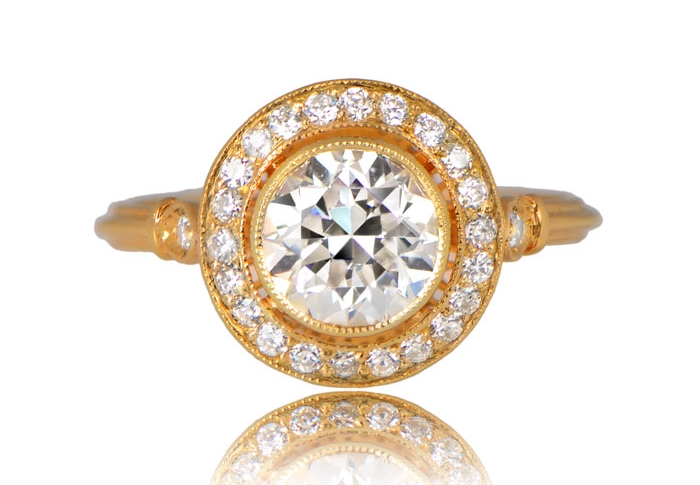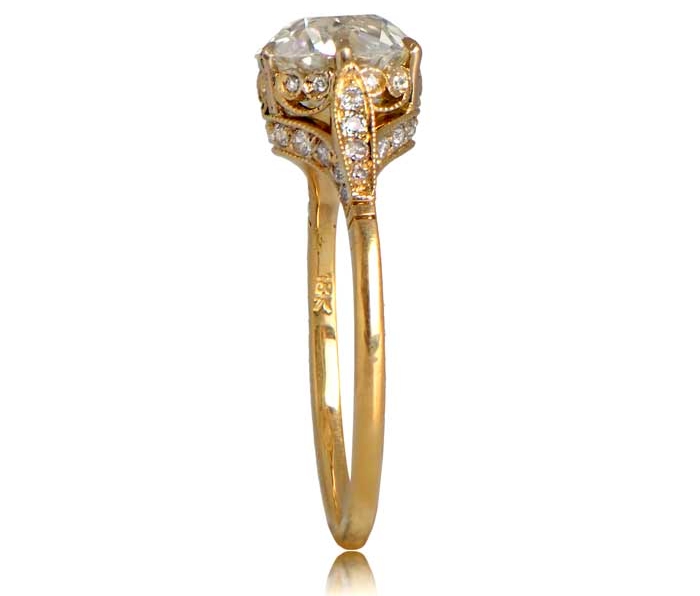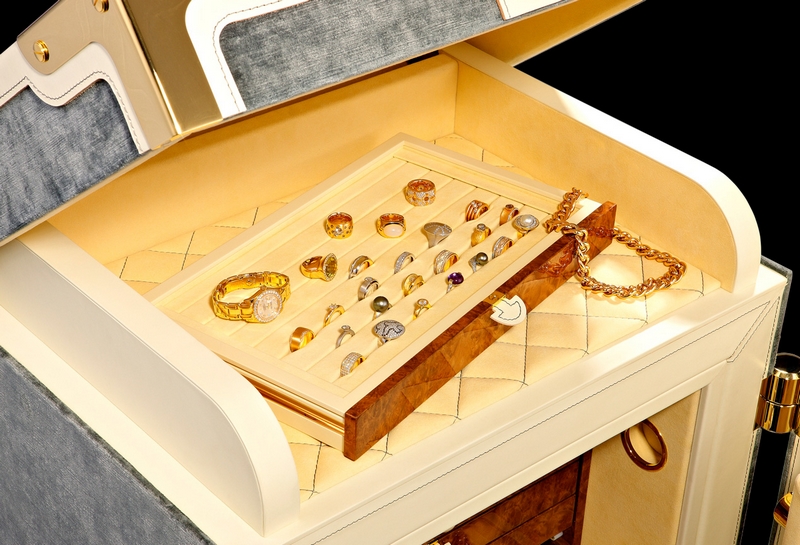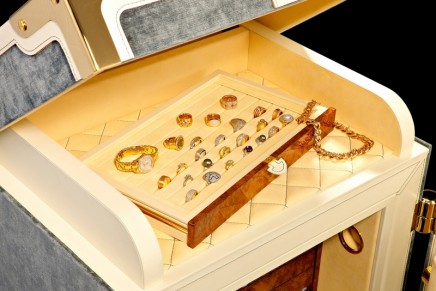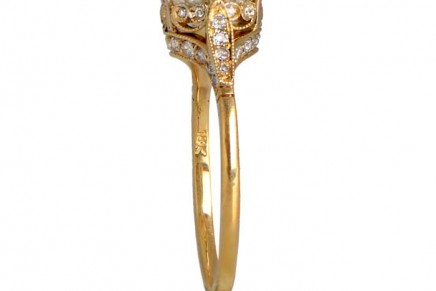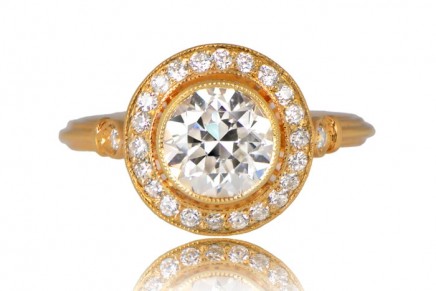“Vintage” is a very popular wedding theme, from the engagement ring to the bridesmaids’ dresses. But since it’s used so much, there are a lot of knock-offs out there. The seller says your engagement ring is vintage, but how do you know it is?
It’s difficult to authenticate a vintage engagement ring, but it can be done. There are some key ways to identify a true vintage or antique ring, and it usually requires the help of a professional jeweler. When you’re presented with the opportunity to own a vintage engagement ring, here are a few things you can do to make sure it’s real.
Check the Letter of Authenticity
Many rings do not have a letter of authenticity, so it’s not necessarily a bad sign if the seller doesn’t present one. However, it never hurts to ask about one. The letter can be used as proof of the ring’s value. Have a professional certify that the letter is real as well.
If you don’t have a letter of authenticity, you can get one (although it will cost you). A jeweler that specializes in antique items can examine the ring and note details about its age, setting, and more to determine if this ring is genuinely authentic. They probably can’t give you exact specifications on the date, but they can identify whether or not the stones and metal are as advertised.
It’s always a good idea to get a piece authenticated, especially if you intend to list it among your assets or sell it at some point in the future. The letter increases the value and prevents others from going through the same process you did when proving that the ring was authentic.
Compare the Cut
Vintage rings are popular because of their uniqueness. It’s not uncommon to find vintage rings in styles and cuts thatyou’ve never seen on anyone else’s hand. With that in mind, there are some typical cuts that vintage engagement rings typically sport:
- Table Cut: This uncommon cut is one of the earliest styles popular in the vintage era. It’s a square shape with few facets and a flat top, which reduces the shine of the stone.
- Old Mine Cut: This cut is popular because the many facets increase the sheen of the gem. It was popular during the 1800s and early 1900s and is a rounded square shape.
- Old European Cut: The modern round brilliant cut that many ring owners enjoy today was fashioned after this clunkier cut. It was popular in the art deco period of the early 1900s.
- Step Cut: This is a standard cut with a square or rectangular shape featuring long facets. It was used in the early 1800s and is still used in rings today.
- Rose Cut: Here’s another cut that’s less shiny because of the flat bottom and few facets, but it’s rounded on top, giving it a unique look unparalleled by modern rings. This is one of the earlier known cuts, dating as far back as the 1500s.
There are a few other cuts, but these are the most common. You can always do further research to see more examples of vintage stone cuts.
Define the Gemstone and Metal
Some gemstones were much more popular a century ago than they are now. Diamonds have been a staple in jewelry for centuries, but you’ll also see a lot of rings with rubies, emeralds, sapphires, turquoise, and other precious gems that we don’t see as often today.
Additionally, cubic zirconia was not introduced to jewelry until the early 1900s, and even then, it was rare for engagement rings to contain this stone. Therefore, it’s unlikely that a ring containing cubic zirconia is vintage.
You can also determine a lot about the ring based on the metal. Gold has been a popular metal for rings, particularly yellow gold; white gold was rarer. In the 1700s, silver was often used to set rings as well.
Know Your Vintage Settings
Certain settings are also more likely to fall into the vintage category. Here are a few that you’ll likely come across in your research:
- Cluster
- Bezel
- Three Stone
- Box Setting
- Four Prong
- Victorian
- Art Deco
- Edwardian
Many of these settings are still around in modern rings, but you can also detect signs of aging that indicate that it’s authentic.
Understand the Value
Vintage engagement rings are very valuable. Their eye-catching, unique design offers a timeless look that many women crave. They stand out from the crowd and often show a little more personality than manufactured diamond rings that are sold in bulk.
A vintage ring is often well-cherished and passed down for many generations, providing intrinsic value that can’t be found in a store. There’s also infinite extrinsic value because if you don’t have an opportunity to pass it down to family, it can be sold for a significant sum. Collectors and jewelers will pay top dollar for these classic items, and you’ll be glad you authenticated the piece.

